
The History of Costumes: From Ancient Times to Modern Trends
Costumes have always played a significant role in human history. They allow us to transform ourselves into different characters, express our creativity, and commemorate important events. From ancient rituals to modern-day celebrations, costumes have been an integral part of various cultures worldwide. In this blog post, we will take a journey through time and explore the fascinating evolution of costumes.
Ancient Costumes
The earliest recorded evidence of costumes dates back to ancient civilizations such as Egypt, Greece, and Rome. In ancient Egypt, costumes were not only worn for practical purposes but also had symbolic meanings. The pharaohs and noble classes adorned themselves with elaborate garments made from fine linen and decorated with precious jewels. These costumes represented their status and power within society.
Ancient Greek costumes were known for their theatricality and grandeur. Both men and women wore draped garments made from lightweight fabrics such as silk and linen. The clothing often featured intricate patterns and vibrant colors. Greek theater performances relied heavily on costumes to differentiate characters and enhance storytelling.
Roman costumes were influenced by both Greek and Etruscan styles. The Romans were known for their love of luxury and extravagance. They often wore brightly colored tunics, togas, and robes made from fine materials such as silk and velvet. Roman soldiers also had their own distinctive armor and uniforms, reflecting their military prowess.
Medieval Costumes
The Middle Ages saw a significant shift in costume styles. The clothing became more structured, with layers of undergarments, tunics, and elaborate outer garments. The social hierarchy played a crucial role in determining what people wore. The nobility wore extravagant costumes made from luxurious materials, while peasants wore simple and practical clothing.
During this era, religious costumes also gained prominence. Monks and nuns wore distinctive robes and habits to signify their devotion to God. The clergy donned colorful vestments during religious ceremonies, each color symbolizing different aspects of faith.
Renaissance and Baroque Costumes
The Renaissance period marked a revival of interest in ancient Greek and Roman culture. This influenced costume design, with clothing becoming more elaborate and luxurious. Renaissance costumes featured intricate embroidery, lace, and ornate accessories. Women's dresses were voluminous, accentuating the waistline, while men wore fitted doublets and breeches.
The Baroque era took costume extravagance to another level. Worn by the European aristocracy, Baroque costumes were opulent and flamboyant. They featured elaborate embellishments such as lace, ribbons, feathers, and intricate embroidery. These costumes were a symbol of wealth and social status.
18th and 19th Century Costumes
The 18th century witnessed significant changes in fashion, with costumes becoming more refined and tailored. The corset emerged as an essential undergarment for women, creating a slim silhouette. Men's costumes featured knee-length breeches, waistcoats, and long coats, reflecting the elegance and formality of the time.
In the 19th century, the Victorian era introduced a new level of intricacy and modesty in costumes. Women wore voluminous skirts and corsets, often accompanied by elaborate hats and gloves. Men's suits became more structured, with tailcoats and top hats being popular choices.
20th Century and Beyond
The 20th century saw a revolution in costume design, with fashion becoming more accessible to the masses. The rise of cinema and theater played a significant role in shaping costume trends. Hollywood costumes, such as Marilyn Monroe's iconic white dress in "The Seven Year Itch," became cultural landmarks.
The influence of subcultures also impacted costume design. The punk movement of the 1970s embraced unconventional and DIY aesthetics, with torn clothing, safety pins, and leather jackets becoming symbols of rebellion. Similarly, the disco era of the 1980s brought flashy and vibrant costumes to the forefront.
Today, costumes continue to evolve with the changing times. Cosplay, short for costume play, has gained popularity worldwide, with enthusiasts dressing up as their favorite characters from movies, TV shows, video games, and more. Costume parties and events are also a common occurrence, allowing people to express their creativity and immerse themselves in different worlds.
Find Your Perfect Costume at Costume Shop
Whether you're looking for a Halloween costume, a themed party outfit, or a cosplay ensemble, Costume Shop has got you covered. With an extensive collection of costumes ranging from historical periods to popular characters, you'll find the perfect outfit to suit your style and occasion.
At Costume Shop, we pride ourselves on offering high-quality costumes made from premium materials. Our costumes are designed to bring your imagination to life and make you feel confident and ready to embrace any character. With a user-friendly website and secure payment options, shopping for costumes has never been easier.
Visit Costume Shop today and explore our vast selection of costumes for all occasions. Let your creativity soar and make a statement with your next costume!
Featured collection
Sexy Post Office Girl | Costume-Shop.com
Attention all aspiring letter carriers and mail enthusiasts! Prepare to deliver a package of seductive style and naughty charm with our Sexy Post O...
View full detailsNorthern Warrior Costume | Costume-Shop.com
Upgrade your costume game to legendary status with the Northern Warrior Costume! Designed for rugged adventurers and fearless warriors of the North...
View full detailsBeer Garden Babe Oktoberfest | Costume-shop.com
🇩🇪 Step into the Festivities with Bavarian Charm! Embrace the spirit of Oktoberfest in the Beer Garden Babe Costume from www.Costume-shop.com. Perf...
View full detailsSexy Police Officer Hottie | Costume-Shop.com
🚓 Enforce Fun with a Dash of Flair! Step into the role of authority with the Sexy Police Officer Hottie Costume from www.Costume-shop.com. Designed...
View full detailsSexy Girl Scout | Costume-Shop.com
Get ready to sell some irresistibly delicious cookies and turn heads with our Sexy Girl Scout Costume! This playful and alluring ensemble is perfec...
View full details
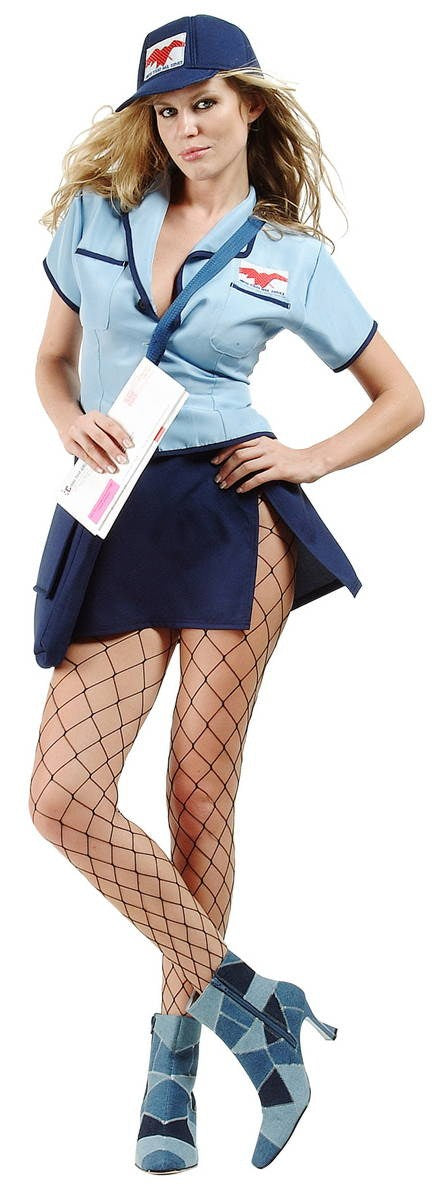
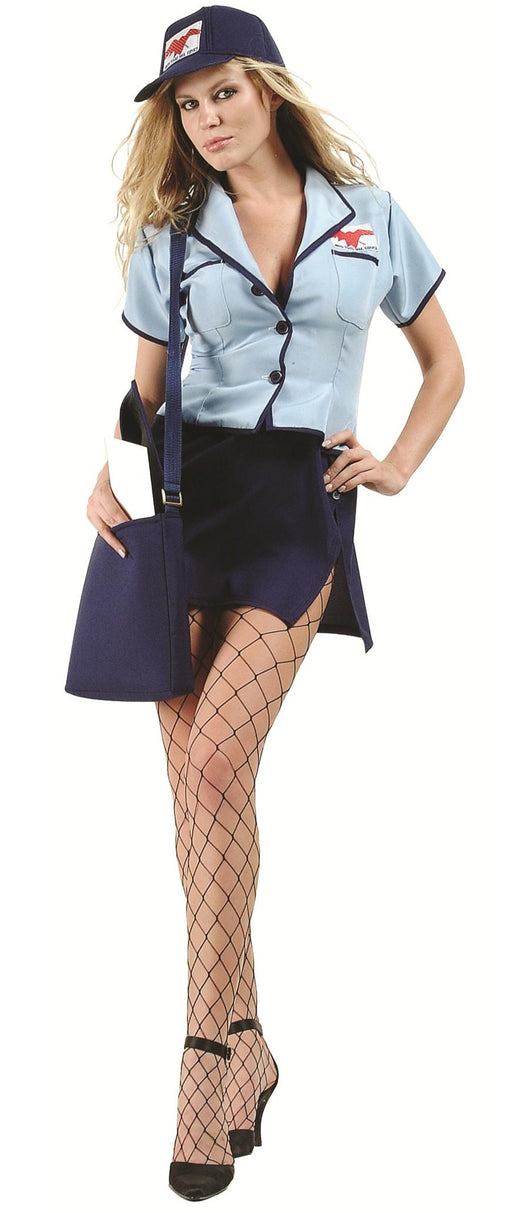


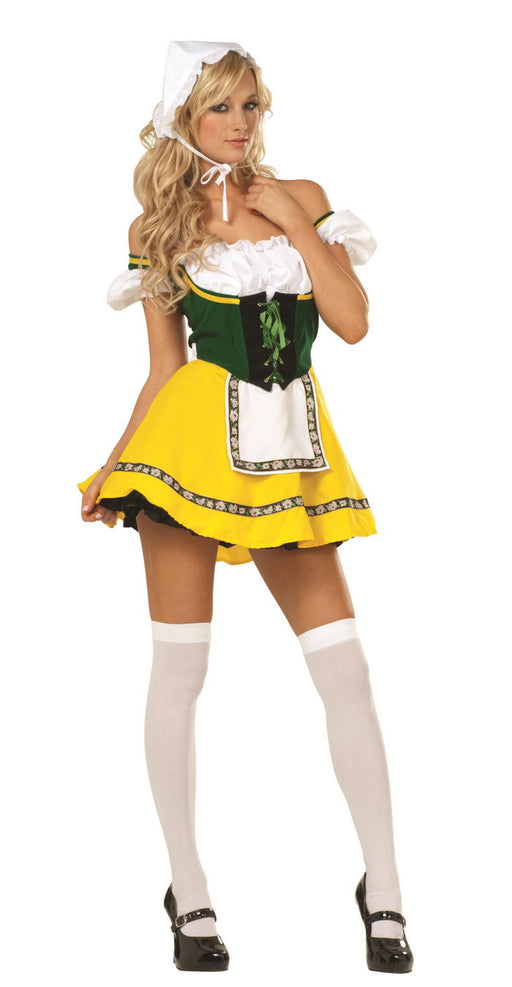
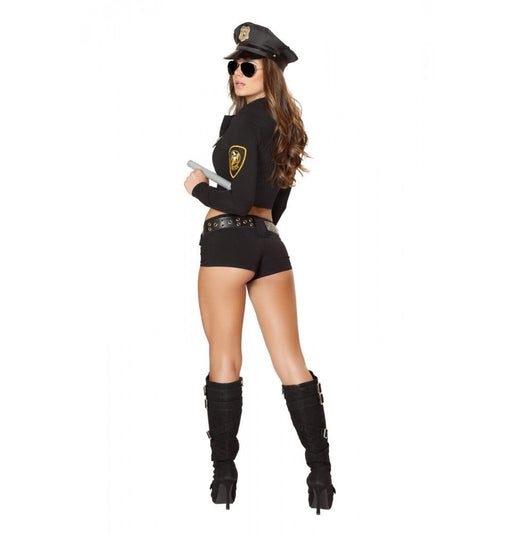
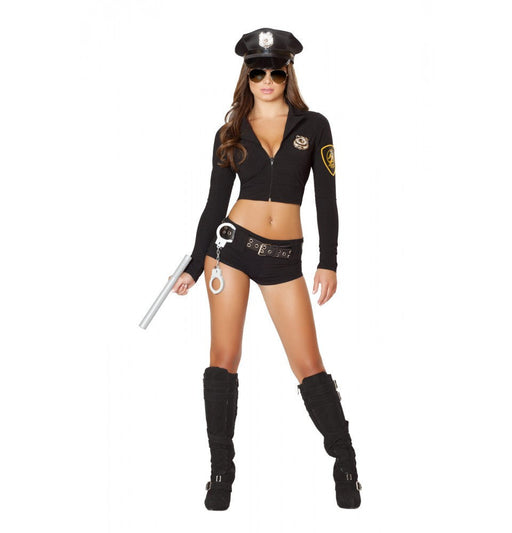
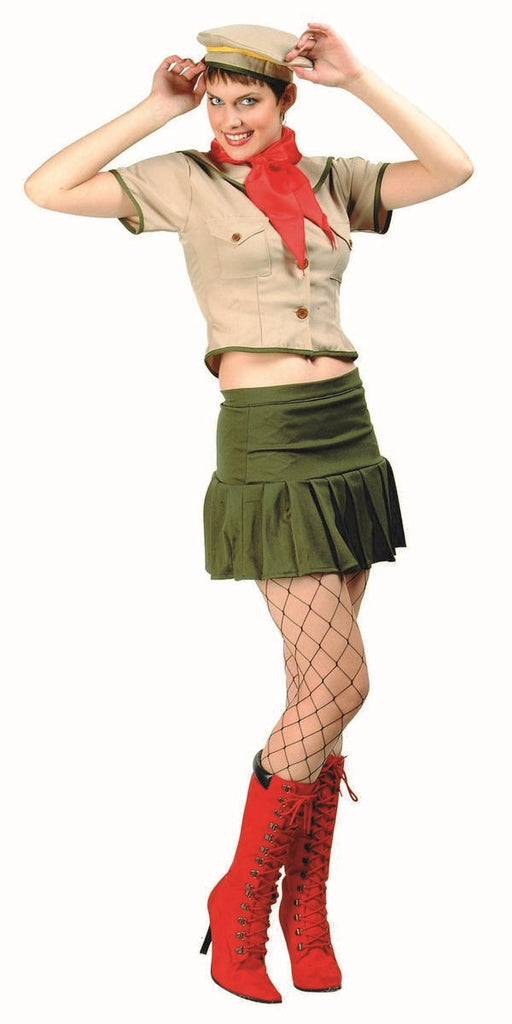
Leave a comment